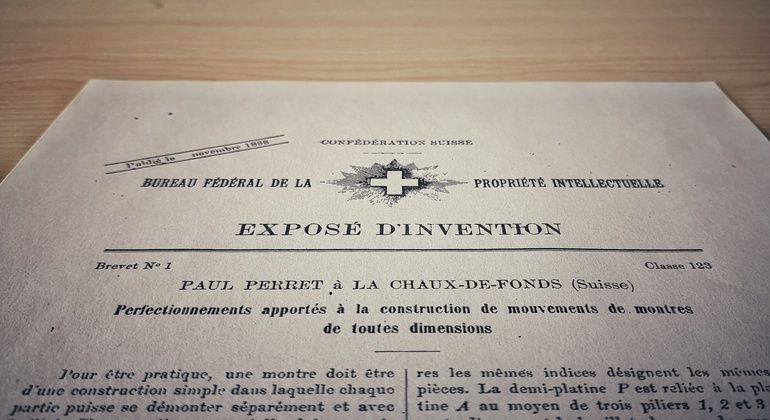Paul Perret, from La Chaux-de-Fonds, filed a patent for his invention 130 years ago at the then Federal Intellectual Property Agency in Bern (today the Swiss Federal Institute of Intellectual Property). It could not have been a more typical invention for Switzerland. It was for a watch movement, which he described over three pages including figures (drawings), in patent specification number CH1. In the years that followed, Paul Perret, who came from French-speaking Switzerland and lived from 1854 to 1903, applied to patent even more innovations. In 1881, he became a candidate for the position of director at the watch school in La Chaux-de-Fonds, but was not selected.
Interestingly, four of the first ten patents in Switzerland came from the watch industry. Even today, patents are not only an important protection tool for this industry, but also an important marketing instrument because a strong patent portfolio is considered an indicator of the innovative strength of a company.

